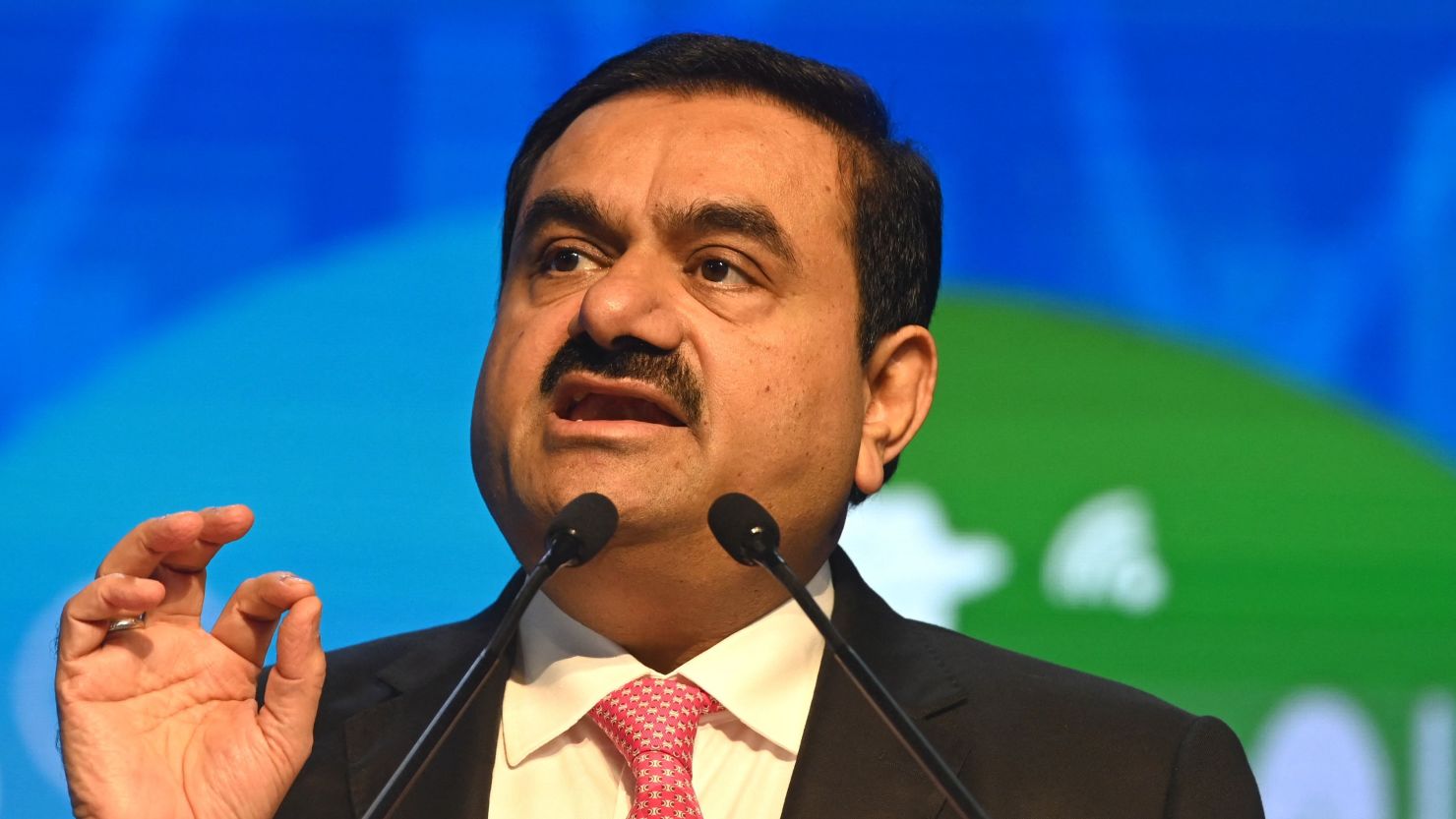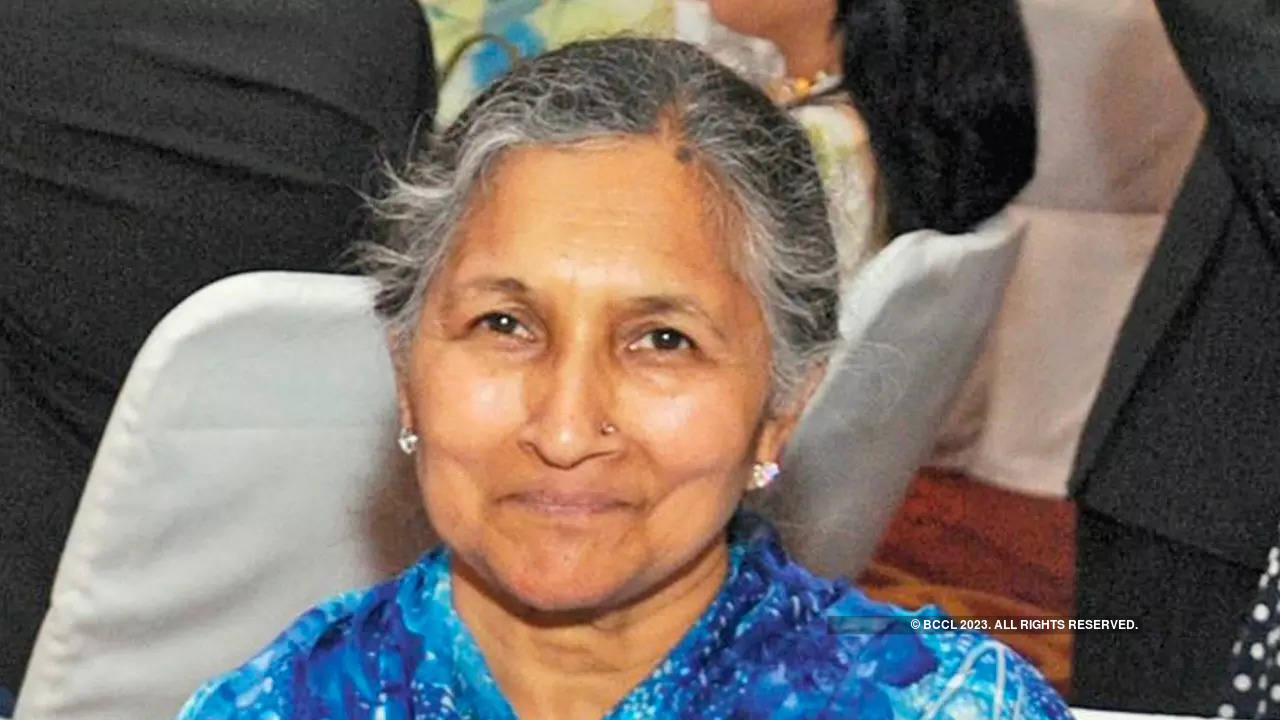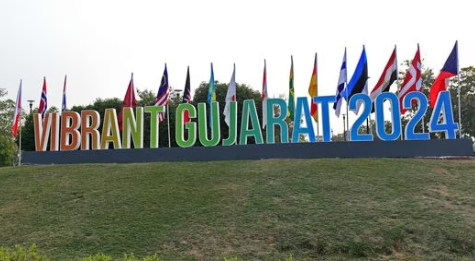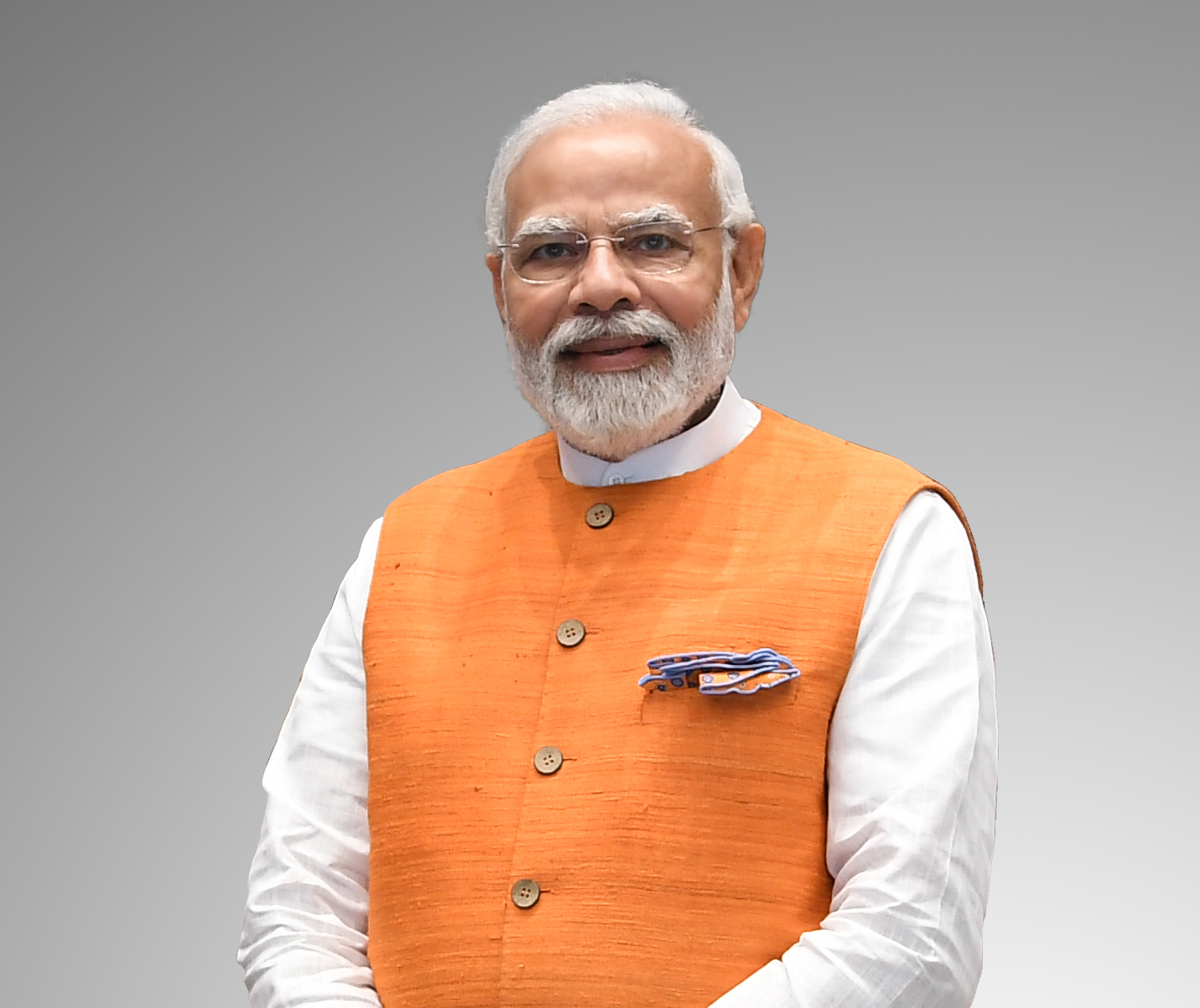
The Indian political landscape has been witnessing a significant shift in the dynamics of the opposition front, particularly in the wake of the Congress party’s underwhelming performance in recent state elections. This article delves into the implications of these developments and explores the potential reconfiguration of opposition alliances as they prepare for future electoral challenges.
The Congress Party’s Decline: A Catalyst for Change
The Congress party, once the dominant political force in India, has seen a steady decline in its electoral fortunes over the past few years. The party’s poor showing in key states such as Madhya Pradesh, Rajasthan, and Chhattisgarh has raised questions about its ability to lead the opposition effectively against the ruling Bharatiya Janata Party (BJP) The Congress’s inability to retain power in states where it was once strong has led to introspection within the party and calls for a strategic overhaul.
Emergence of Regional Powers and New Alliances
The vacuum created by the Congress’s decline has provided an opportunity for regional parties to assert their influence on the national stage. Parties like the Aam Aadmi Party (AAP) and the All India Trinamool Congress (AITC) have gained ground by capitalizing on local issues and presenting themselves as viable alternatives to the BJP and Congress The success of AAP in Punjab and the AITC in West Bengal has demonstrated that regional parties can challenge the national parties’ dominance in their respective strongholds.
The INDIA Bloc: A New Opposition Front
In response to the changing political scenario, several opposition parties have come together to form the Indian National Developmental Inclusive Alliance (INDIA), a coalition aimed at presenting a united front against the BJP3. The INDIA bloc’s formation signifies a shift in opposition strategy, moving away from a Congress-centric approach to a more collaborative model that includes various regional parties.
Challenges and Opportunities for the INDIA Bloc
The INDIA bloc faces the challenge of harmonizing the diverse agendas and aspirations of its constituent parties. While the coalition has achieved some electoral successes, it remains to be seen how effectively it can sustain this momentum and expand its reach beyond the regional strongholds of its members. The bloc’s ability to present a coherent vision and policy alternative to the BJP’s governance will be crucial in gaining the trust of the electorate.
The Road Ahead: Preparing for 2024 General Elections
As the 2024 general elections approach, the opposition parties within the INDIA bloc are stepping up their preparations to take on the BJP. The Congress’s performance in the upcoming assembly polls will be closely watched, as it will significantly impact the dynamics within the opposition alliance4. The opposition’s success in presenting a united front and leveraging the strengths of its regional allies will determine its ability to challenge the BJP’s dominance.
Conclusion
The changing dynamics within the INDIA opposition front reflect the evolving nature of Indian politics, where regional parties are gaining prominence, and traditional power structures are being challenged. The Congress party’s poor performance has acted as a catalyst for this transformation, prompting a reevaluation of opposition strategies. The formation of the INDIA bloc represents a new phase in the opposition’s quest to provide a credible alternative to the ruling party. As India gears up for the next general elections, the opposition’s ability to adapt and unite will be critical in shaping the country’s political future.
This analysis of the current political scenario in India highlights the fluidity and complexity of the opposition’s dynamics. The coming months will be pivotal in determining whether the INDIA bloc can solidify its position as a formidable force capable of taking on the BJP’s electoral machine.







